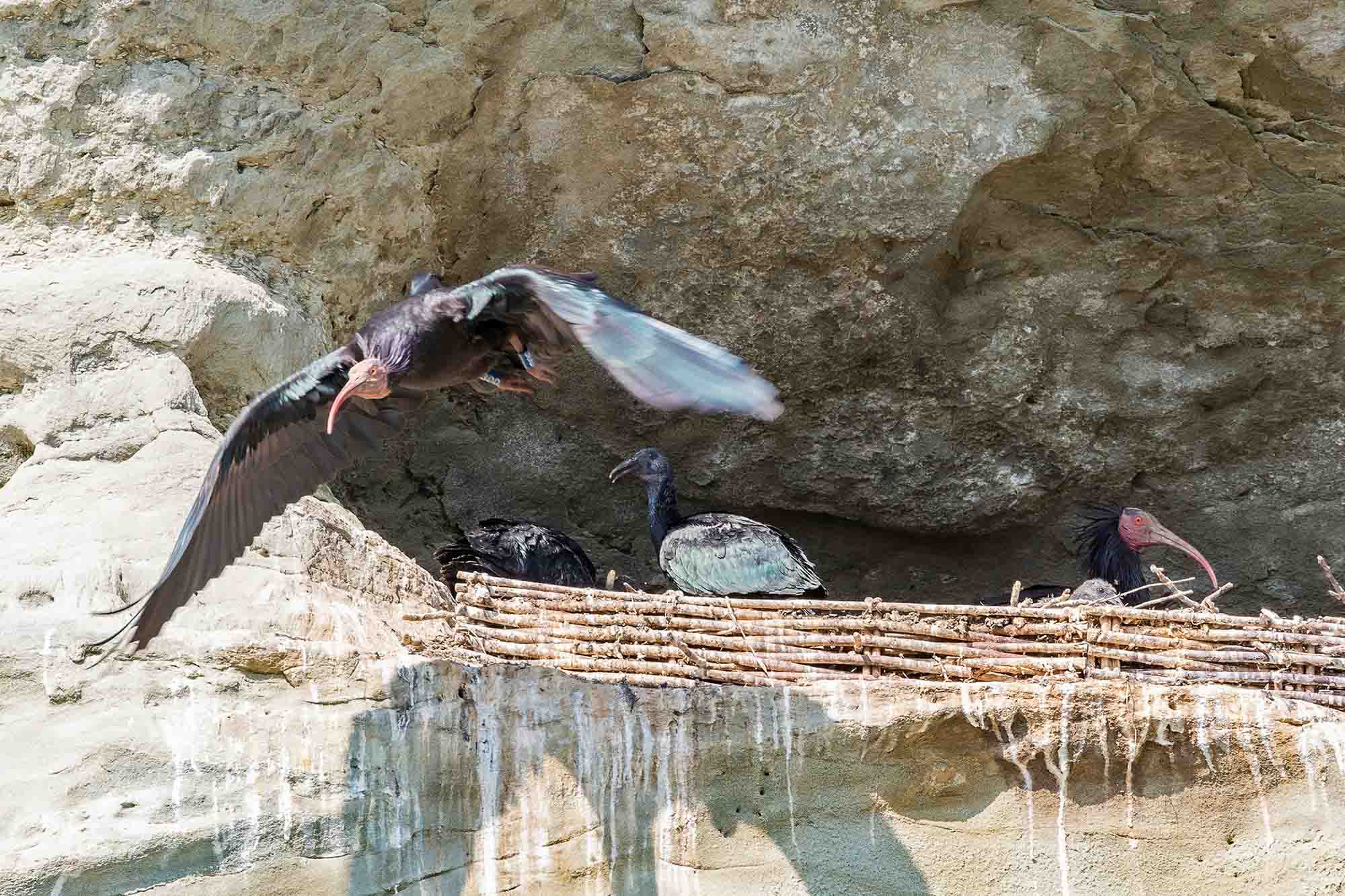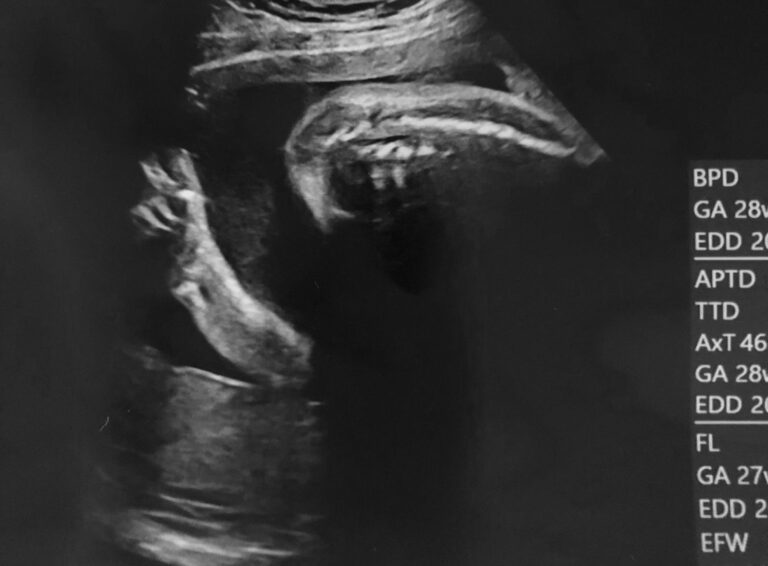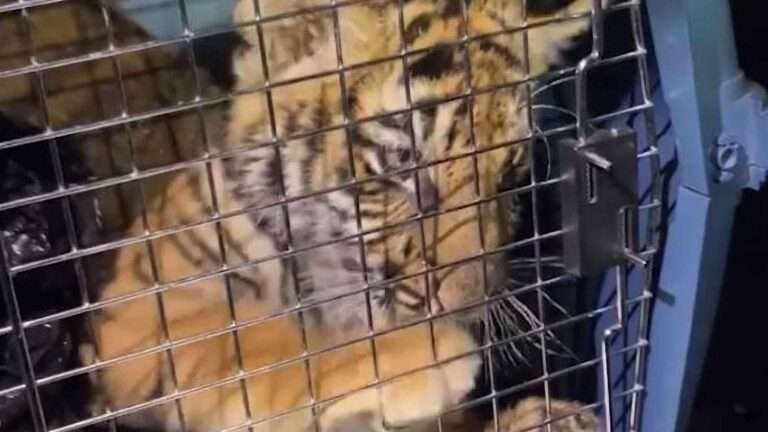These remarkable videos show experts creating 3D-printed northern bald ibis dummies and placing them in the wild to show the endangered species a safe cliff to nest on resulting in the first wild chicks.
Schoenbrunn Zoo in Vienna, Austria, announced the success of the first breeding of the endangered migratory birds in their natural habitat on the rocky site near Ueberlangen, Baden-Wuerttemberg State, Germany.
And they attributed the achievement largely to the use of several 3D-printed dummies, which were placed in nests alongside the real birds to help them feel more at home.
Footage shared by the zoo depicted technicians from the Natural History Museum Vienna (NHM) crafting the dummies in a specialised lab.
General Director at NHM, Katrin Vohland, said in a statement obtained by Newsflash: “We received a 3D scan of a Waldrapp to make the dummies.
“The models were then built up layer by layer using our 3D printer.”
The museum then handed the dummies over to the Waldrappteam, an association in charge of the reintroduction of the Northern Bald Ibis.
A group of wildlife activists can then be seen descending the rocky area in Germany, and placing the dummies next to the ibises.
Zoo Director Stephan Hering-Hagenbeck said: “Until now, the ibis birds have nested in a nearby artificial breeding wall.
“This was a necessary intermediate step to show the birds, which originally came from zoos, that they could breed in the region.
“But the aim was always for the Waldrapppe to return to their natural breeding grounds. This means that the last important milestone has been achieved.”
Anne-Gabriela Schmalstieg from the Waldrappteam support association highlighted the achievement, noting that five breeding pairs are currently raising about a dozen chicks at the site.
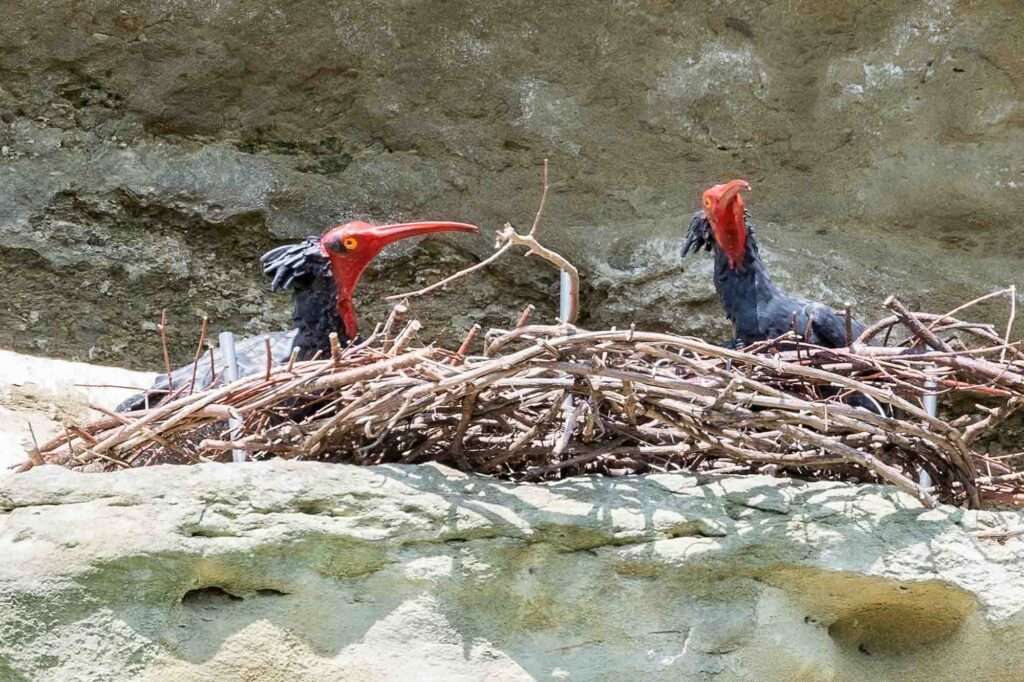
Schmalstieg added: “We expect the young Waldrapps to leave the rock niche in mid-August.
“In the autumn, they should begin the long journey to their wintering grounds in Tuscany together with their parents.
“This way, they will learn the migration route and, hopefully, later contribute to the growth of the wild colony on Lake Constance with their own offspring.”
To establish a stable Waldrapp population in Europe, 36 young northern bald ibises raised in zoos will be released this year and guided by a microlight aircraft to a wintering area in Andalusia.
Schoenbrunn Zoo has been leading a second LIFE project to continue the successful protection and reintroduction of these rare birds since 2022.
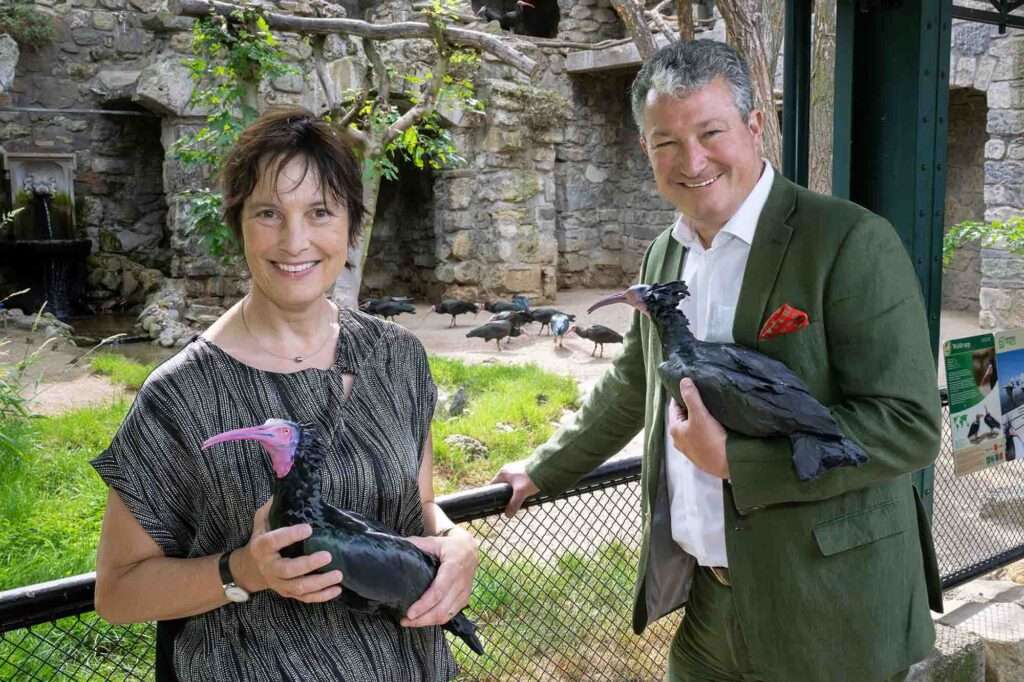
To find out more about the author, editor or agency that supplied this story – please click below.
Story By: Georgina Jedikovska, Sub-Editor: Georgina Jedikovska, Agency: Newsflash
The Ananova page is created by and dedicated to professional, independent freelance journalists. It is a place for us to showcase our work. When our news is sold to our media partners, we will include the link here.

